9 Years Of PM Modi: A Look At Nine Economic Policies
)
The BJP-led Narendra Modi government came to power in 2014 with Modi taking oath for the first time as the Prime Minister of the country on 26 May 2014. In 2019, Modi again became the PM, taking oath for the second time in May. In the last 9 years, the Modi government has launched several people-centric schemes. Let us glance through 9 flagship schemes of the Narendra Modi government that has help to accelerate the pace of reform and transform the lives of people in the country.
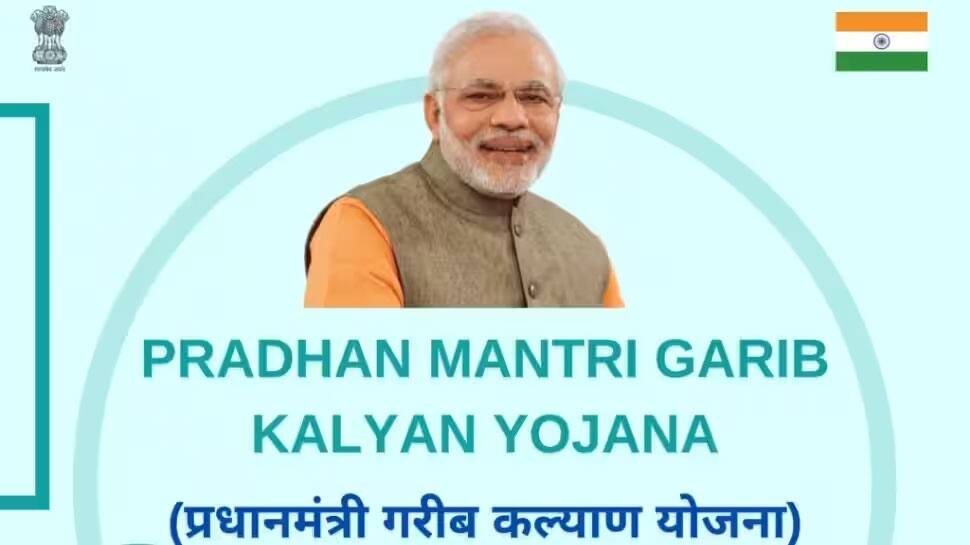
The Pradhan Mantri Garib Kalyan Yojana / Package is a comprehensive relief package of Rs 1.70 Lakh Crore Yojana for the poor to help them fight the battle against Coronavirus. This was announced in March 2020, to reach out to the poorest of the poor, with food and money in hands, so that they do not face difficulties in buying essential supplies and meeting essential needs.
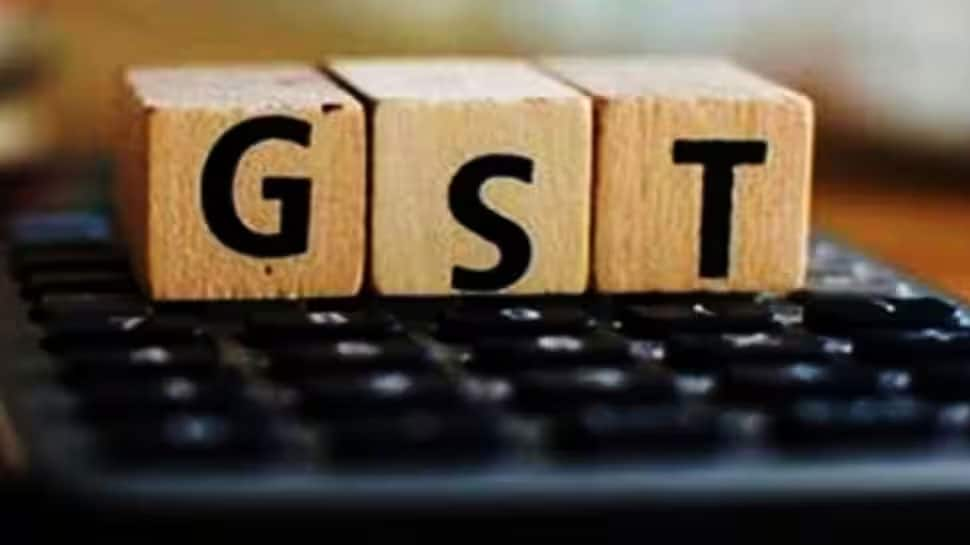
GST is a historic tax reform introduced on the 1st of July 2017. Before 1 July 2017, Indian indirect tax regime was highly fragmented. Centre and States were separately taxing goods and services. There were many taxes like excise duty, service tax, VAT, CST, purchase tax, entertainment tax etc. GST subsumed 17 large taxes and 13 cesses. With uniform tax on supplies of goods and services, India turned into one market.
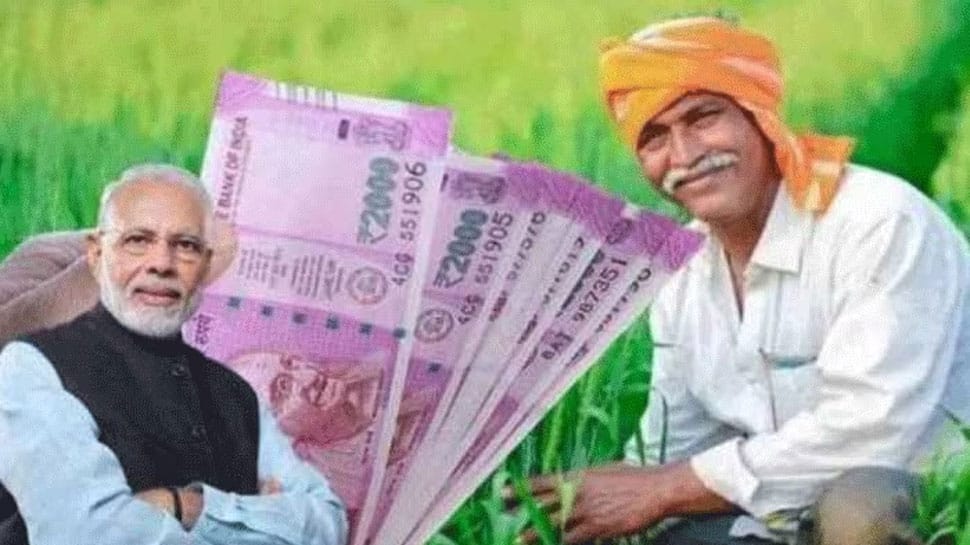
PM-KISAN is a central sector scheme launched on 24th February, 2019 to supplement financial needs of land holding farmers. Financial benefit of Rs 6000 per year in three equal installments, every four month is transferred into the bank accounts of farmers’ families across the country through Direct Benefit Transfer (DBT) mode. The scheme was initially meant for small and marginal farmers (SMFs) having landholding upto 2 hectares but scope of the scheme was extended to cover all landholding farmers with effect from 01.06.2019.
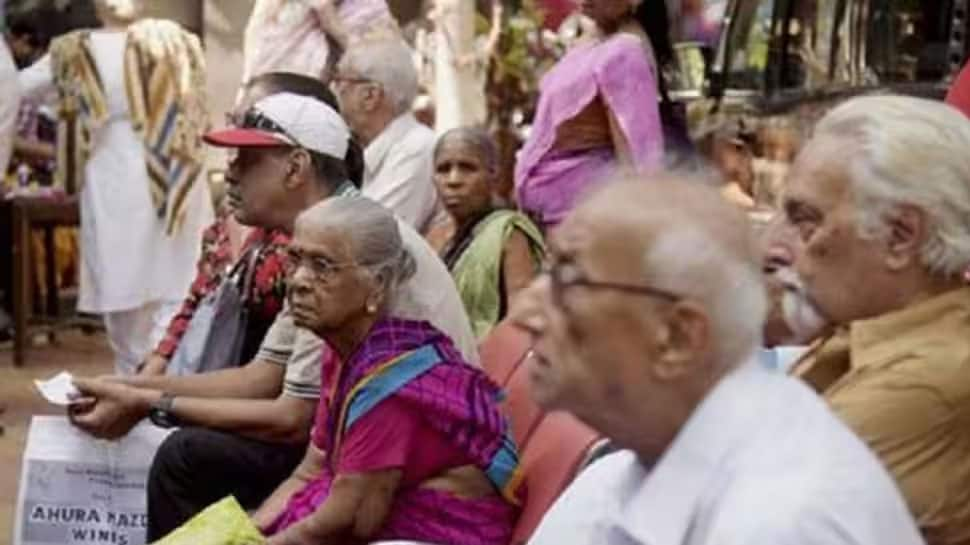
Atal Pension Yojana (APY) is the flagship social security scheme of the Narendra Modi government. Launched on May 9, 2015 by Prime Minister Narendra Modi, the APY aims at delivering old age income security particularly to the workers in the unorganised sector. APY can be subscribed by any Indian citizen in the age group of 18-40 years having a bank account. APY is a government scheme administered by PFRDA through NPS architecture. The minimum age of joining APY is 18 years and maximum age is 40 years. Therefore, minimum period of contribution by the subscriber under APY would be 20 years or more. First, it provides a minimum guaranteed pension ranging from Rs 1000 to Rs 5000 on attaining 60 years of age. Secondly the amount of pension is guaranteed for lifetime to spouse on death of the subscriber. Third, in the event of death of both the subscriber and the spouse, entire pension corpus is paid to the nominee. APY has pre-defined monthly contributions. Under the APY, the subscribers would receive the fixed pension of Rs. 1000 per month, Rs. 2000 per month, Rs. 3000 per month, Rs. 4000 per month, Rs. 5000 per month, at the age of 60 years, depending on their contributions, which itself would vary on the age of joining the APY.
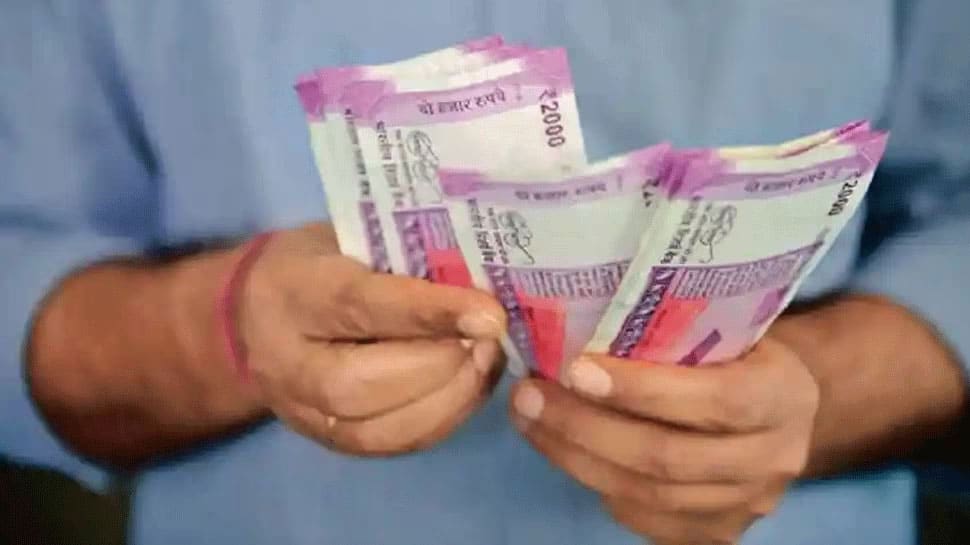
Pradhan Mantri Jan-Dhan Yojana (PMJDY) was announced by Prime Minister, Shri Narendra Modi in his Independence Day address on 15th August 2014. While launching the programme on 28th August, the Prime Minister had described the occasion as a festival to celebrate the liberation of the poor from a vicious cycle. Pradhan Mantri Jan-Dhan Yojana (PMJDY) is National Mission for Financial Inclusion to ensure access to financial services, namely, Banking/ Savings & Deposit Accounts, Remittance, Credit, Insurance, Pension in an affordable manner. As of August 2021 data, more than 43.04 crore beneficiaries were banked under PMJDY since inception, amounting to Rs. 146,231 crore.

Prime Minister Street Vendor’s AtmaNirbhar Nidhi (PM SVANidhi) was launched by the Ministry of Housing and Urban Affairs, on June 01, 2020 for providing affordable Working Capital loan to street vendors to resume their livelihoods that have been adversely affected due to Covid-19 lockdown. In April this year, the CCEA approved the continuation of lending under the PM SVANidhi beyond March 2022 till December 2024, with focus on enhanced collateral free affordable loan corpus, increased adoption of digital transactions and holistic socio-economic development of the Street Vendors and their families.

Pradhan Mantri Jeevan Jyoti Bima Yojana (PMSBY) and Pradhan Mantri Suraksha Bima Yojana (PMJJBY) are two schemes launched in 2015 by the Modi government that aims to provided affordable insurance and security to people. PMJJBY and PMSBY provide access to low cost life/accidental insurance cover to the people. PMJJBY is a one-year life insurance scheme renewable from year to year offering coverage for death due to any reason. Individuals in the age group of 18-50 years having a savings bank or a post office account are entitled to enroll under the scheme. People who join the scheme before completing 50 years of age can continue to have the risk of life covered up to age of 55 years upon payment of premium. Life cover of Rs. 2 Lakh in case of death due to any reason against a premium of Rs. 330/- per annum.

Pradhan Mantri Suraksha Bima Yojana (PMSBY). PMSBY is a one-year accidental insurance scheme renewable from year to year offering coverage for death or disability due to accident. Individuals in the age group of 18-70 years having a savings bank or a post office account are entitled to enroll under the scheme. Accidental death cum disability cover of Rs.2 lakh (Rs.1 lakh in case of partial disability) for death or disability due to an accident.
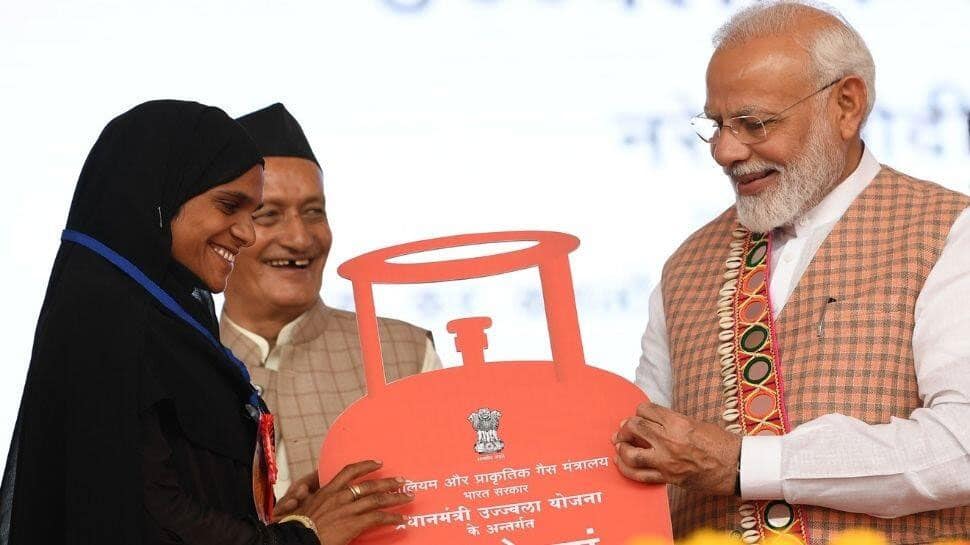
Pradhan Mantri Ujjwala Yojana (PMUY) was launched by PM Narendra Modi on May 1st, 2016, to safeguard the health of women and children by providing them with a clean cooking fuel – LPG. Ujjwala 2.0 was launched on August 10, 2021. Deposit-free LPG connection is given to the eligible household with financial assistance of Rs 1,600 per connection. Free of cost first LPG refill and gas stove is provided for the first time by public sector Oil Marketing Companies (OMCs). The initial target was to provide LPG connections to Five crore women members of BPL households. Subsequently, the scheme was expanded and the target was revised to Eight crore LPG connections.

